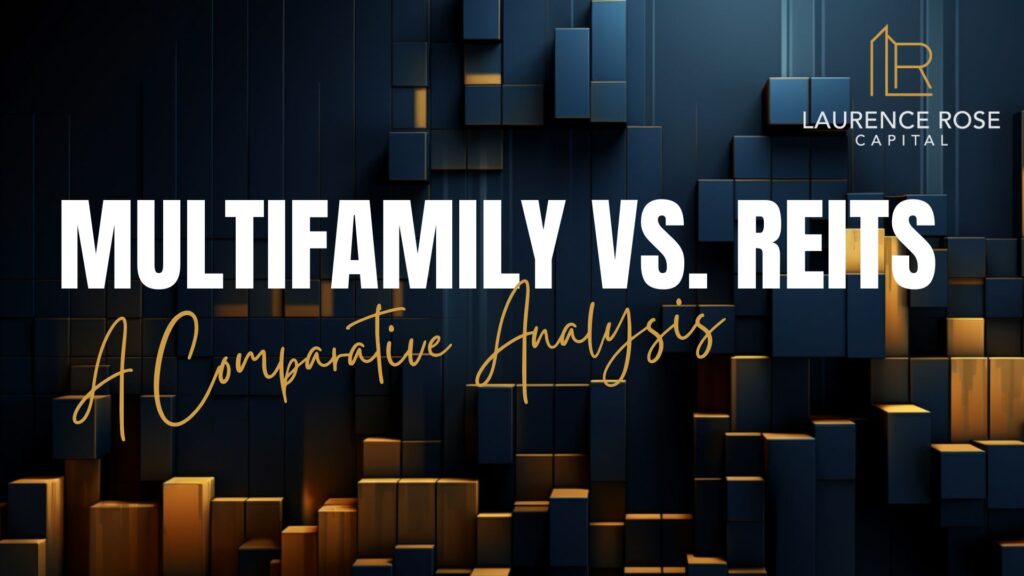In the realm of multifamily real estate, two key players often collaborate to form a successful investment venture: the General Partner (GP) and the Limited Partner (LP). These individuals or entities have distinct roles and responsibilities that contribute to the overall operation and success of the multifamily property. Let’s delve into their respective functions in detail:
1. General Partner (GP):
The General Partner is an active and hands-on participant in the multifamily real estate investment venture. They typically take on the role of managing the property, making crucial decisions, and overseeing day-to-day operations. The GP is often the initiator of the investment deal, bringing together the necessary resources, expertise, and capital to acquire and manage the property.
Roles and Responsibilities of the General Partner:
- Property Acquisition: The GP is responsible for identifying potential multifamily properties suitable for investment. They conduct thorough market research, financial analysis, and due diligence to assess the property’s viability and potential for profitability.
- Deal Structuring: Once a suitable property is identified, the GP is involved in negotiating the terms of the deal, including purchase price, financing arrangements, and partnership agreements with other stakeholders.
- Raising Capital: The GP is responsible for raising the necessary funds for the property acquisition and subsequent operations. They may secure capital from individual investors, institutional investors, or other sources to finance the investment.
- Property Management: The GP oversees the day-to-day management of the multifamily property. This involves tasks such as tenant screening and leasing, rent collection, property maintenance, and addressing tenant concerns.
- Financial Reporting: The GP provides regular financial reports to the Limited Partners, keeping them informed about the property’s performance and financial health.
- Decision-Making: As the active decision-maker, the GP is responsible for making critical choices related to the property, such as capital improvements, strategic planning, and risk management.
- Legal and Compliance: The GP ensures that the multifamily property operates in accordance with relevant laws, regulations, and compliance requirements.
2. Limited Partner (LP):
The Limited Partner, as the name suggests, plays a more passive role in the multifamily real estate investment. LPs contribute capital to the venture but are not directly involved in the day-to-day operations or management of the property. Instead, they rely on the expertise and experience of the General Partner to generate returns on their investment.
Roles and Responsibilities of the Limited Partner:
- Capital Investment: The LP’s primary responsibility is to provide capital for the investment. They contribute funds to the partnership based on their agreed-upon ownership percentage.
- Risk Mitigation: Unlike the General Partner, the LP’s liability is typically limited to the amount of their investment. This limited liability shields them from personal responsibility for the property’s debts or legal obligations.
- Passive Investment: LPs do not participate in the active management of the property. They entrust the GP with decision-making and property operations.
- Monitoring Performance: While not involved in day-to-day operations, LPs have the right to monitor the property’s performance and financial reports provided by the General Partner.
- Tax Benefits: LPs may benefit from certain tax advantages associated with real estate investment, such as depreciation deductions.
The roles and responsibilities of the General Partner (GP) and Limited Partner (LP) in multifamily real estate investment:
| Aspect | General Partner (GP) | Limited Partner (LP) |
|---|---|---|
| Involvement | Active and hands-on management | Passive investment |
| Property Acquisition | Identifies potential properties | Contributes capital for investment |
| Deal Structuring | Negotiates terms and agreements | Provides funds based on agreed ownership percentage |
| Raising Capital | Secures capital from investors | Invests money in the partnership |
| Property Management | Oversees day-to-day operations | Not involved in property management |
| Financial Reporting | Provides regular financial reports | Monitors property performance through reports |
| Decision-Making | Actively makes crucial choices | Entrusts decision-making to the General Partner |
| Legal and Compliance | Ensures compliance with laws/regulations | Relies on General Partner for legal and compliance |
| Liability | Potentially exposed to personal liability | Liability limited to the amount of their investment |
| Risk Mitigation | Manages and mitigates risks | Limited liability protects from personal obligations |
| Involvement in Profit Distribution | May receive a larger share of profits | Typically receives a portion of the profits based on their ownership percentage |
| Involvement in Losses | Shares in potential losses | Losses limited to the amount of their investment |
| Tax Benefits | May access certain tax advantages | May benefit from real estate tax deductions |
Please note that the level of involvement and specific responsibilities may vary depending on the partnership agreement between the General Partner and Limited Partner in each multifamily real estate investment venture.
Conclusion:
In multifamily real estate investment ventures, the General Partner and Limited Partner each play crucial roles in the overall success of the project. The General Partner takes on active management and decision-making responsibilities, while the Limited Partner provides capital and enjoys the benefits of passive investment. The collaboration between these two roles forms the foundation for a successful multifamily real estate venture, leveraging the strengths and expertise of each party for mutual gain.







